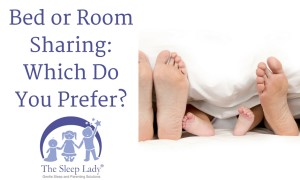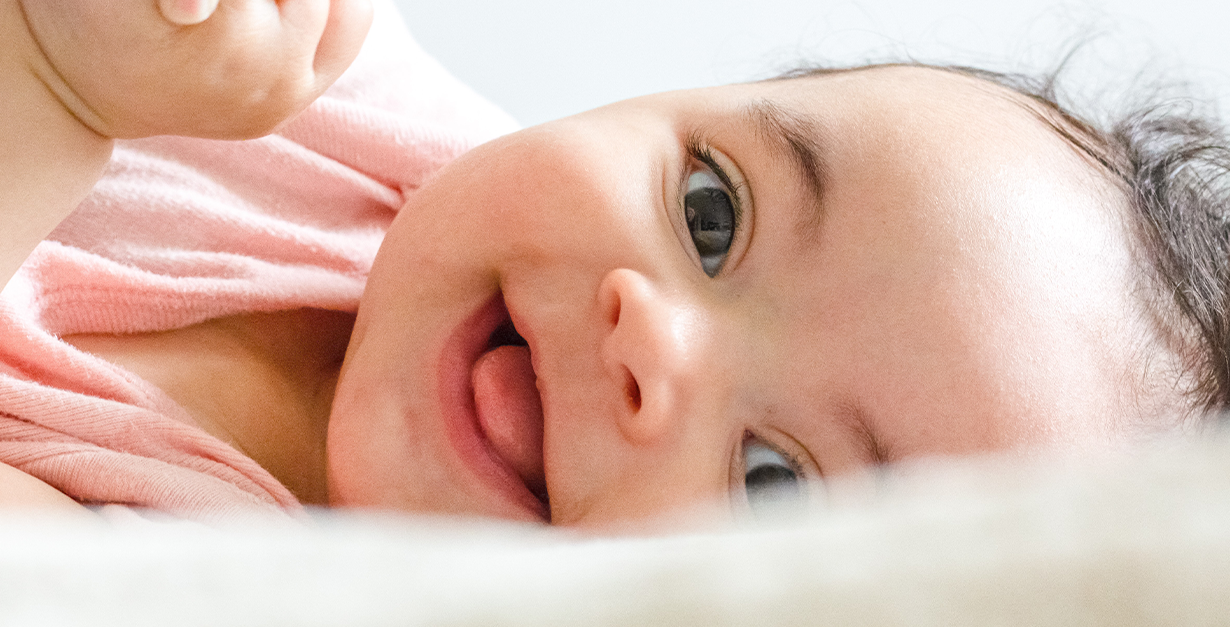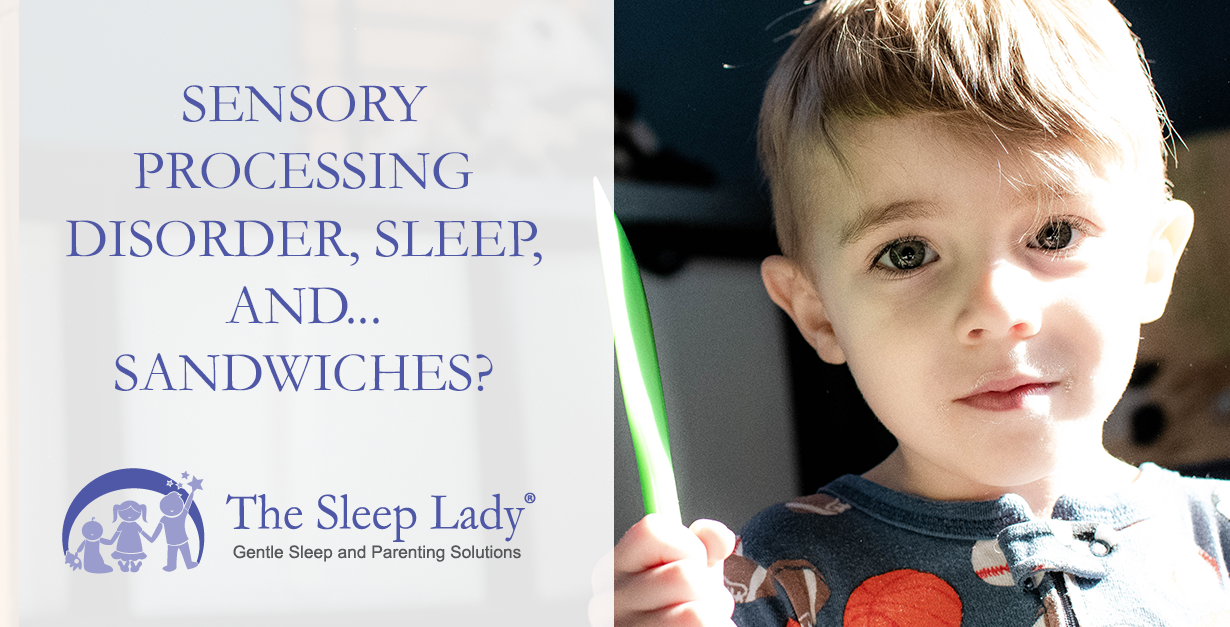Every good parent knows the feeling: when their baby’s away from sight, they become restless. In fact, their primary consideration is to baby-proof their sanctuary. Even if they don’t hear any cries, they may start to go through worst-case scenarios in their head. This is true even at night, when the baby needs healthy sleep.
Those without children may not think about it, but when parents say that babies take over every aspect of their lives, that includes bedtime. Babies can’t simply count sheep and go to sleep. They need to be close to their parents to feel secure. If you’re a parent, you may believe that sharing a sleeping space with your child is a must. However, different co-sleeping approaches can have very different outcomes, so it’s best to be educated.
What’s the Difference?
 First things first: what is co-sleeping, anyway? Well, as the name suggests, co-sleeping is the practice of making sure you sleep within a “sensory” distance from your little one. That means you can both tell that the other person is close, whether it’s because you hear them, see them, or even smell them. The obvious benefits of co-sleeping include better bonding with your baby and more convenient breastfeeding.
First things first: what is co-sleeping, anyway? Well, as the name suggests, co-sleeping is the practice of making sure you sleep within a “sensory” distance from your little one. That means you can both tell that the other person is close, whether it’s because you hear them, see them, or even smell them. The obvious benefits of co-sleeping include better bonding with your baby and more convenient breastfeeding.
Now the next question is what space to share when sleeping. When thinking about co-sleeping with an infant, parents consider two approaches: bed sharing or room sharing. The easiest way to remember the difference of co-sleeping from room sharing or bed sharing is to think about the degree of closeness the parents and the baby have.
In bed sharing, they share one single bed with their child, while in room sharing, they just share the same room, and the baby sleeps in a separate crib or cradle. So basically, room sharing and bed sharing are just two different kinds of co-sleeping.
Bed Sharing: Sleeping in Sync
The most immediate plus of co-sleeping in one bed for most parents would probably be the fact that not getting a separate bed for the baby can save space and money. However, parents who vouch for bed sharing report more benefits beyond that.
First, infants and parents who share in the same bed may have less trouble sleeping. We all know that it can be hard to go to sleep, and there are many different ways to beat insomnia, but having a newborn baby presents a whole new set of challenges to your sleep patterns.
That’s where bed-sharing comes in: it’s been observed that when babies are allowed to sleep very close to their parents, they do so far more easily. Consciously or unconsciously, the child and mother start breathing in sync, inhaling and exhaling at roughly the same time. This practice can also make it easier for the baby to go back to sleep after waking up in the middle of the night.
It’s also suggested that bed-sharing helps babies with self-rousing. It’s not clear yet why, but some infants have decreased ability to rouse themselves from sleep when their breathing is impaired. This leads to a risk of sudden infant death syndrome, or SIDS.
Some researchers believe bed-sharing can reduce this risk, possibly due to improved sleep cycle synchronization between mother and child. Bed-sharing mothers may have a protective sixth sense, waking them up when something’s not quite right.
Room Sharing: Reducing Risks
While bed-sharing has a lot of health benefits, parents who engage in this practice face some risks. The most important concerns revolve around the idea of safety. There are some risks of the baby being suffocated, especially if the bed has covers or pillows under which the child could get stuck.
 Another risk is that your baby, if left on the bed alone, could accidentally roll off and get hurt. Beds with deep crevices and nooks can also present a danger because your baby can get trapped there. If your bed has a headboard with some space between it and the mattress, getting stuck will likely be very painful for your child. Finally, the parents’ own behaviors, such as tossing and turning or snoring, can also be unhealthy or dangerous for babies sleeping in the same bed.
Another risk is that your baby, if left on the bed alone, could accidentally roll off and get hurt. Beds with deep crevices and nooks can also present a danger because your baby can get trapped there. If your bed has a headboard with some space between it and the mattress, getting stuck will likely be very painful for your child. Finally, the parents’ own behaviors, such as tossing and turning or snoring, can also be unhealthy or dangerous for babies sleeping in the same bed.
For those and other reasons, many doctors advise against bed-sharing. Instead, they would recommend room sharing, telling parents to get a crib, cradle, or some other infant-appropriate sleeping space, and put it in the room near the adults’ bed.
With that, they can get the sensory benefits and assurance that comes with co-sleeping without the risks. Still, despite concerns about infant safety from medical authorities, you should know that bed sharing should still be an option, especially if you do it right.
Baby-proofing Your Bed Sharing
To make bed sharing a viable option, take careful steps to make your sleeping space safe. For example, to ensure enough space and decrease the chance of your infant falling or somehow getting underneath you, it would be best to sleep in a king-size bed.
Make sure that there are no spaces for your child to get trapped or stuck in. Firm cushioning is also a must: if your bed is too soft, your child could suffocate or get overheated. For that same reason, it’s best to use lightweight bedding instead of duvets or comforters.
It’s not just the sleeping space that must be secure though, you also have to consider the bedmates your baby will have. For example, sharing sleeping space with a toddler can be dangerous for newborns , especially if the slightly older and stronger child still tends to go out of control. At the same time, adults should forget about sleeping with the baby if they smoke, drink, toss and turn, or have any habits or behaviors that can put the child at risk.
Just as no one size fits all when it comes to buying a onesie for your child, you can’t say that either bed sharing or room sharing will work for all families. Consider the pros and cons of co-sleeping options before deciding how you want to go about it. At the end of the day, you must consider what’s best for you and your baby when choosing your bedtime sharing habit.


